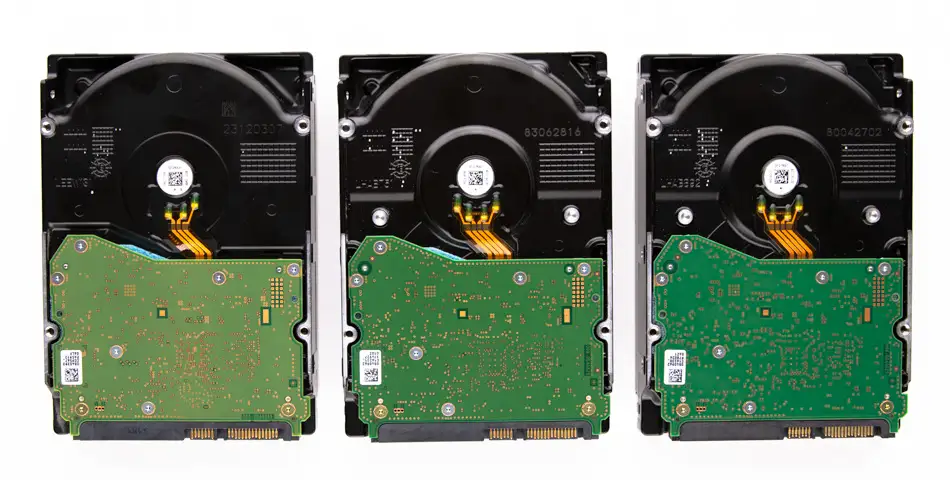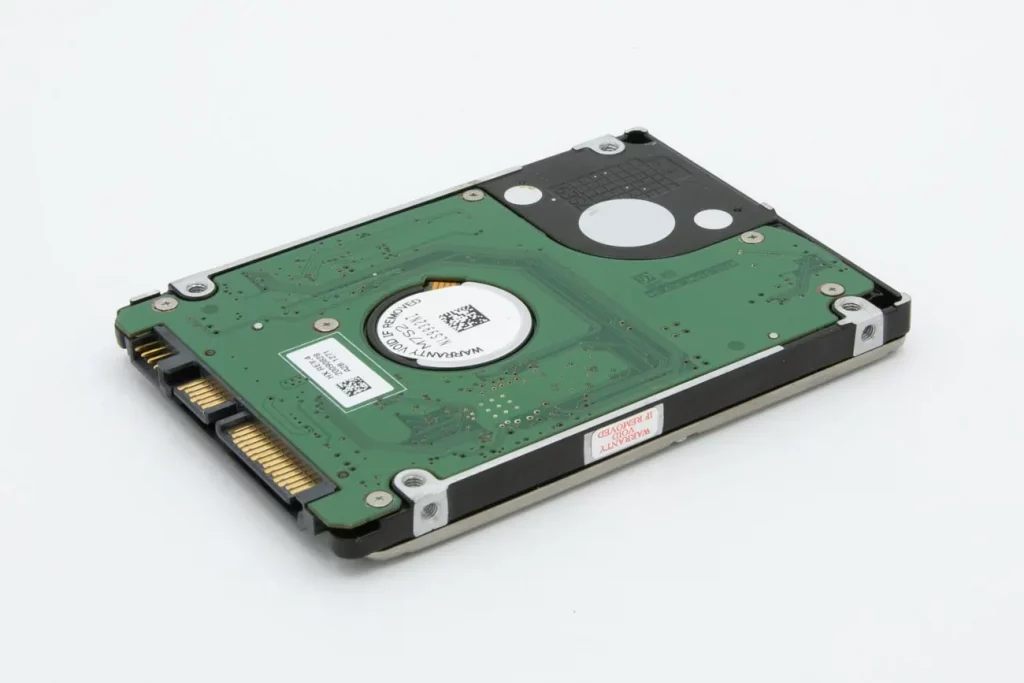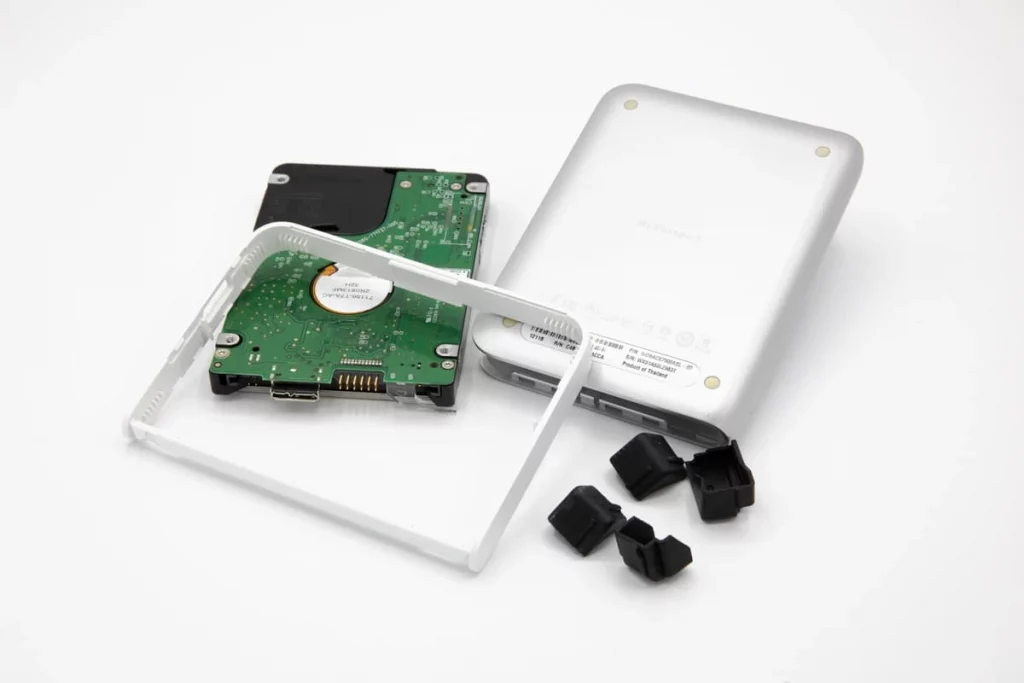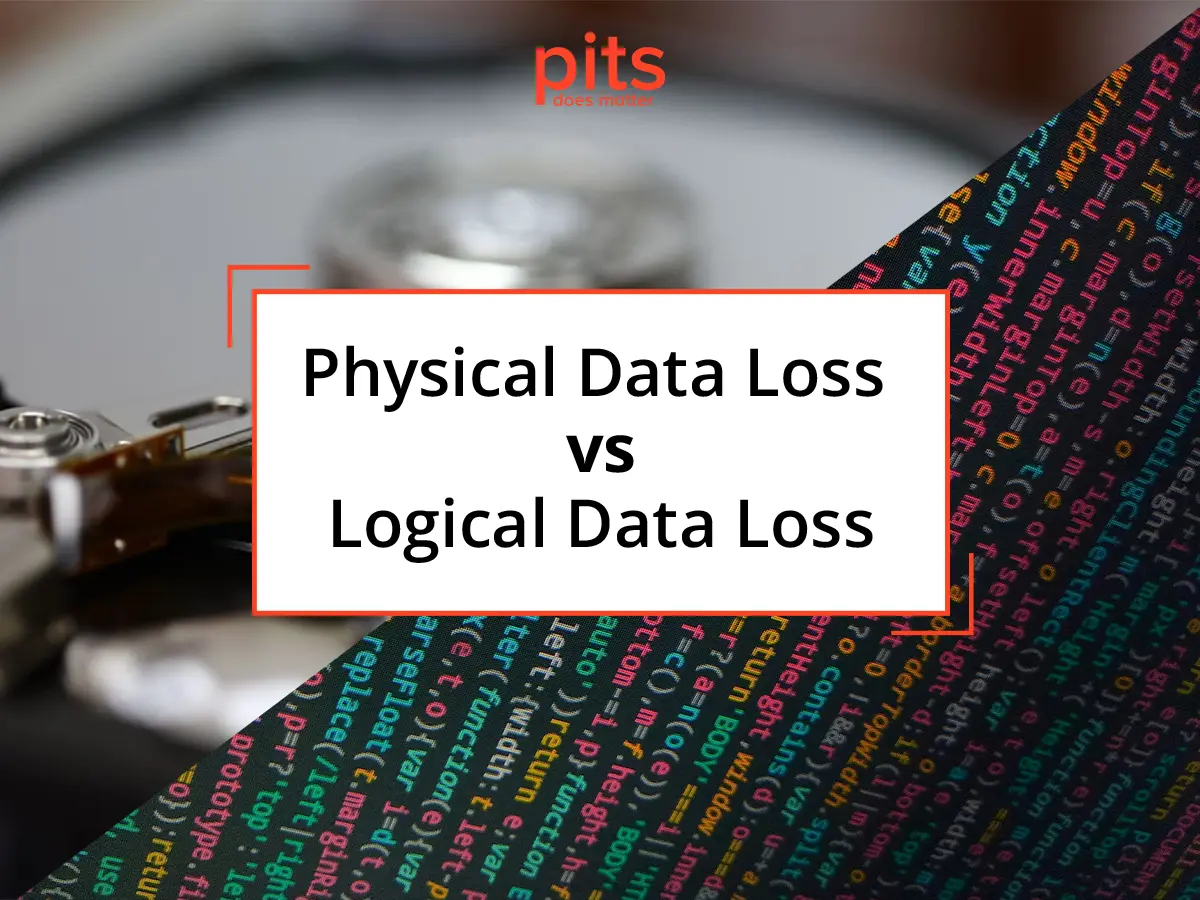Physical Data Loss and Logical Data Loss are two primary classifications of data loss in digital storage. Physical data loss happens when there are hardware or system issues, like a hard drive crash or damage to storage media. It is important to distinguish between logical and physical data loss regarding data recovery. Each type requires a different approach to recovery. It is always advisable to regularly back up your data to avert irreparable loss.
What is Logical Data Loss?
Logical data loss refers to the loss or corruption of data resulting from software or human errors, such as accidental deletion, formatting mistakes, or file system issues. Unlike physical data loss, which involves damage to the storage media, logical data loss is caused by problems with data storage and access on the device.
One example of logical data loss occurs when someone unintentionally deletes a file or folder. Although the data is removed from the storage media, the physical space on the device remains unaffected. Specialized software can recover the deleted data. File system corruption is another common cause of logical data loss.

This occurs when errors in data organization and management on the storage device lead to inaccessibility or corrupted files. Software malfunctions, virus attacks, or sudden power outages can also cause file system corruption.
Common Causes of Logical Hard Drive Failure
Hard Drive Logical Failure happens when the system cannot properly read or access the data due to non-physical factors. The typical causes include:
- File Corruption: This could be due to unexpected system shutdowns, software bugs, or viruses, rendering the data unreadable.
- Data Overwriting: Accidental overwriting or deleting files can result in data loss.
- Software or Operating
- System Failure: Sometimes, malfunctioning software or an unstable operating system can lead to data loss.
- Virus or Malware Attacks: Malicious software can corrupt or delete files, leading to logical data loss.
- Human Error: Mistakes such as accidentally deleting files, formatting drives, or partition errors can cause data loss.
Taking preventive actions like keeping your system up to date, using antivirus software, and backing up your data can minimize the chances of experiencing data loss. Nonetheless, in the event of data loss, there are software-based recovery methods that may help retrieve lost data.
What is Physical Data Loss?
Physical data loss refers to the harm done to the physical parts of a storage device, resulting in the inability to access or retrieve the stored data. Hardware malfunctions often cause data loss, wear and tear, or physical damage like fire, flood, or accidental drops. Examples include hard disk drive failure, SSD wearout, or data corruption due to electromagnetic interference.
Repairing or replacing the damaged hardware component is necessary to address physical data loss, unlike logical data loss, which software can sometimes recover. In more severe cases, specialized facilities and expertise, such as a cleanroom environment, may be needed for data recovery to prevent further damage. It emphasizes the significance of regular data backups and reliable storage devices as preventive measures against physical data loss.
Common Causes of Physical Hard Drive Failure
Physical Hard Drive Failure can be attributed to various factors, including physical deterioration or harm to the storage device. These can include:

- Hardware Malfunction: The failure of critical hardware components can render data inaccessible. For instance, mechanical issues with a hard disk drive’s read/write head can cause data loss.
- Wear and Tear: Storage devices can degrade over time due to regular use, leading to potential data loss. For example, SSDs can wear out after several write cycles.
- Physical Damage: Data loss can occur when storage devices are physically damaged through accidents like drops or exposure to liquids.
4. Environmental Factors: Conditions such as extreme temperatures, humidity, or exposure to fire or flood can affect the physical integrity of storage devices, leading to data loss.
5. Electromagnetic Interference: Strong magnetic fields can wipe data off magnetic storage devices like hard drives or tapes.
6. Bad sectors: Data loss can occur when there are damaged or unreadable sectors on a storage device, making retrieving the information stored in those areas challenging.
7. Spindle failure: Spindle failure happens when the spindle motor, responsible for spinning the hard disk platters, malfunctions. This can lead to data loss by blocking access to stored information.
Proper handling and storage of devices are crucial to prevent physical data loss. It is imperative to ensure that devices are handled and stored correctly, safeguarding valuable information from potential harm. Using surge protectors can help guard against electrical issues. Additionally, maintaining backups of important data is crucial.
In case of physical data loss, professional data recovery services are often necessary due to the specialized tools and environments required to recover the data safely.
Difference Between Logical vs Physical Data Loss
Logical vs Physical data loss varies. Understanding the distinction between analytic and physical data loss is crucial in determining the appropriate approach for data recovery. Logical data loss occurs due to software-related problems like a corrupted file system, virus infection, or unintentional deletion. It can also happen due to file system breakdown or bad sectors on the hard drive. Fortunately, logical data loss can often be resolved using software solutions and does not necessitate device opening.
In contrast, hardware issues like a damaged hard drive or broken USB drive cause physical data loss. Wear and tear, component failure, or external damage are common culprits of physical data loss. Unlike logical data loss, specialized hardware tools and techniques are required to fix physical data loss, which can be resolved with software solutions. The approach to data recovery differs between these two types of data loss.

Another significant distinction is the preventability of these two types of data loss. Regular data backups can mitigate both types, but predicting or preventing physical data loss causes like wear and tear or accidental damage can be challenging. Logical data loss, however, can often be avoided with careful data management, including preventing human errors and maintaining an updated, secure software environment.
Logical and Physical Data Failure Recovery
Logical and physical data loss require different approaches to recovery. We highly recommend our PITS Global Data Recovery Services if you ever face data loss. Our extensive expertise and specialized tools enable us to effectively handle various data recovery scenarios, encompassing physical and logical data loss. Safely retrieve your valuable data by taking proactive measures to protect it.
In the unfortunate event of sudden and critical data loss, please contact our emergency services at PITS Global Data Recovery Services. We are dedicated to ensuring timely and reliable assistance to recover and safeguard your invaluable data efficiently.
Frequently Asked Questions
Can physical data loss be recovered?
Professional data recovery services can often recover physical data loss. These services use specialized tools and strategies to repair or replace damaged hardware and retrieve lost data.
What is the difference between physical and logical data?
Physical and logical data loss pertains to different issues that can cause data loss. Physical data loss refers to data loss due to hardware or physical damage to the storage device, such as a hard drive failure or environmental damage. On the other hand, logical data loss occurs because of software errors or human mistakes like accidental deletion or file system corruption. While recovering physical data loss requires specialized hardware intervention, software-based solutions can often resolve logical data loss.
What are the four types of data recovery?
The four types of data recovery are logical, physical, device-based, and remote. Logical data recovery involves repairing or restoring data lost due to software-related issues. Physical data recovery deals with retrieving data from damaged or malfunctioning hardware. Device-based recovery focuses on recovering data from specific devices like computers or external hard drives. Remote recovery is a cloud-based solution for retrieving lost or inaccessible data.
How can data loss be effectively prevented?
Regularly backing up crucial data and implementing effective device storage and handling practices is the most effective approach to avoid data loss. Maintaining a secure software environment and avoiding human errors can also help prevent logical data loss. Proactive data management and regular data backups are essential for preventing data loss.
